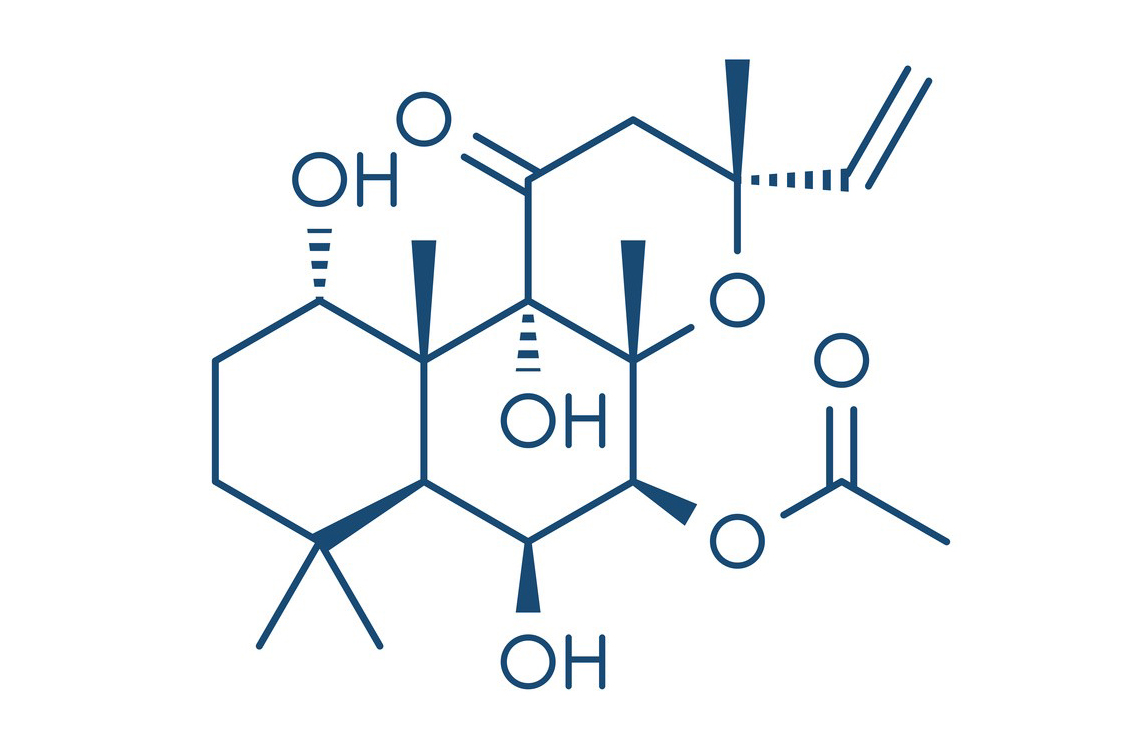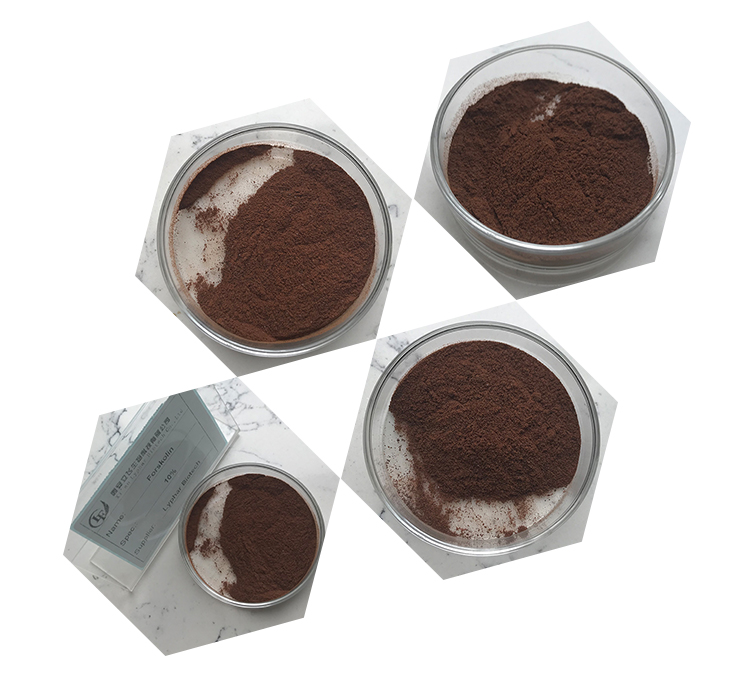Forskolin, a chemical found in the roots of the plant Coleus forskohlii, has garnered significant attention for its potential health benefits. Here’s a comprehensive overview of its uses, benefits, mechanisms, and associated research:
Uses and Benefits
1.Weight Loss:
Forskolin is often marketed as a weight loss supplement. It is believed to help create enzymes called lipase and adenylate cyclase, which free fatty acids from the body’s cells. When fatty acids are free, they can be burned as fuel by the body, which may reduce fat without affecting lean muscle mass.
A study conducted by Godard et al. (2005) found that forskolin supplementation reduced body fat percentage and fat mass in obese men while increasing bone mass and testosterone levels .
2.Asthma Treatment:
Forskolin may help alleviate asthma symptoms. It works by increasing levels of a molecule called cyclic AMP, which helps relax the muscles around the bronchial tubes, making it easier to breathe.
A double-blind, placebo-controlled study demonstrated that forskolin reduced asthma attacks compared to sodium cromoglycate, a common asthma medication .

3.Heart Health:
Forskolin has been shown to improve heart function. It can potentially be used in the management of congestive heart failure.
Research indicates that forskolin can help in lowering high blood pressure, a significant risk factor for heart disease. It may achieve this by relaxing blood vessels and increasing the strength of heart muscle contractions .
4.Glaucoma:
Forskolin has been investigated for its potential to lower intraocular pressure, which can help manage glaucoma.
Studies suggest that it may help reduce eye pressure, a significant contributor to glaucoma, without the side effects associated with traditional medications .
5.Hypothyroidism:
Some preliminary research indicates that forskolin can stimulate the release of thyroid hormone, potentially benefiting those with hypothyroidism .
Mechanism of Action
Forskolin activates the enzyme adenylate cyclase, which increases levels of cyclic AMP (cAMP) in cells. Elevated cAMP levels result in the following:
Fat Breakdown: cAMP activates protein kinase A, which in turn activates lipase, an enzyme that breaks down fat.
Muscle Relaxation: In the lungs, higher cAMP levels cause relaxation of the bronchial muscles, which can improve airflow.
Heart Contraction: Increased cAMP strengthens heart contractions by increasing calcium ion influx into heart cells.
Eye Pressure Reduction: cAMP helps reduce fluid pressure within the eyes, which can alleviate glaucoma symptoms.

Research and Studies
Weight Loss and Obesity: A 12-week study showed a significant decrease in body fat percentage and fat mass in the forskolin group compared to the placebo group .
Asthma: Clinical trials have demonstrated that forskolin can reduce the frequency of asthma attacks compared to standard treatments .
Cardiovascular Health: Studies suggest that forskolin can be beneficial in managing heart failure and high blood pressure due to its positive inotropic (increasing force of heart contraction) and vasodilatory (widening blood vessels) effects .
Ophthalmology: Research indicates that topical application of forskolin can reduce intraocular pressure, making it a potential treatment for glaucoma .
Safety and Side Effects
Forskolin is generally considered safe when used appropriately. However, some potential side effects include:
Hypotension: Due to its blood pressure-lowering effects, it may cause low blood pressure in some individuals.
Increased Heart Rate: Forskolin might cause an increased heart rate, which can be problematic for people with certain heart conditions.
Interaction with Medications: It can interact with blood thinners, antihypertensive medications, and other drugs, so it’s important to consult with a healthcare provider before using forskolin.
Conclusion
Forskolin shows promise in several health areas, particularly for weight loss, asthma management, heart health, and glaucoma. While research is ongoing, existing studies provide a solid foundation for its potential benefits. However, as with any supplement, it’s crucial to use it under medical supervision, especially if you have underlying health conditions or are taking other medications.

References
Godard, M. P., Johnson, B. A., Richmond, S. R. (2005). Body Composition and Hormonal Adaptations Associated with Forskolin Consumption in Overweight and Obese Men. Obesity Research.
Koshy, A. S., Vijayalakshmi, N. R. (2001). Impact of Certain Flavonoids and Forskolin on Arachidonic Acid Metabolism in Platelets and Polymorphonuclear Leukocytes. Prostaglandins Leukot Essent Fatty Acids.
De Souza, N. J., Dohadwalla, A. N., Reden, J. (1983). Forskolin: a labdane diterpene with antithrombotic activity. Artery.
Caprioli, J., Sears, M. (1983). Forskolin lowers intraocular pressure in rabbits, monkeys, and man. The Lancet.
Ammon, H. P. T., Muller, A. B. (1985). Forskolin: from an Ayurvedic remedy to a modern agent. Planta Medica.
